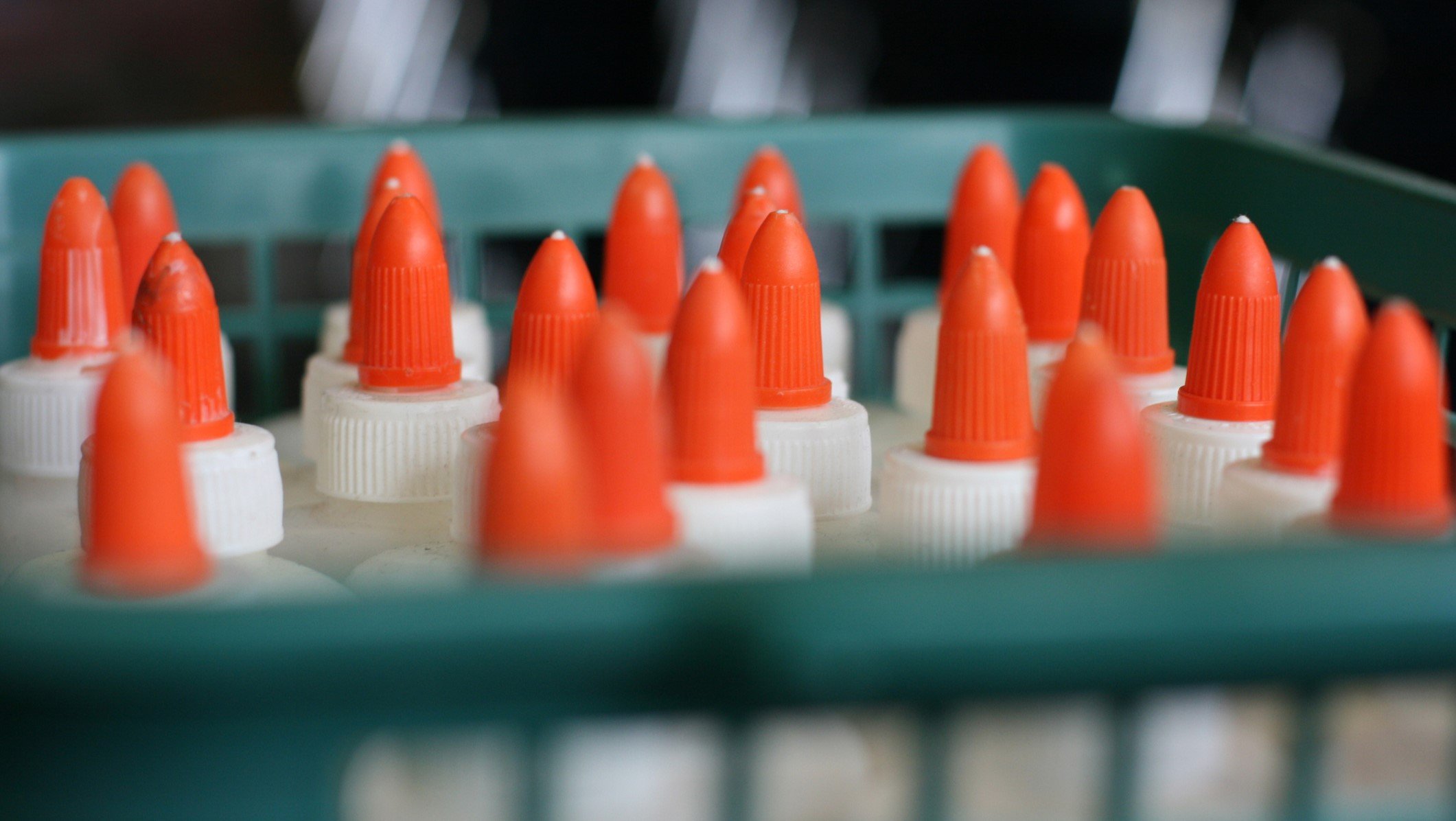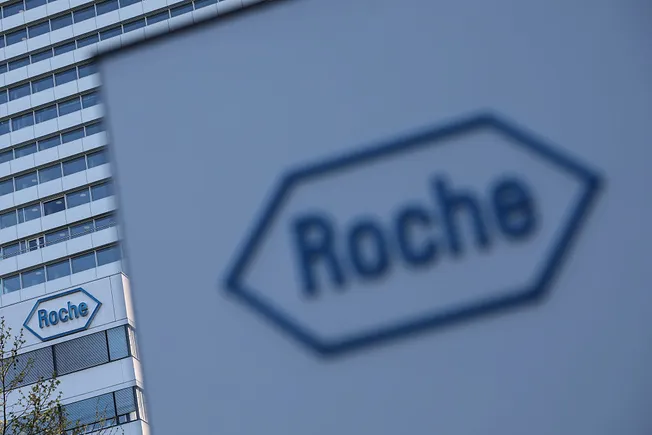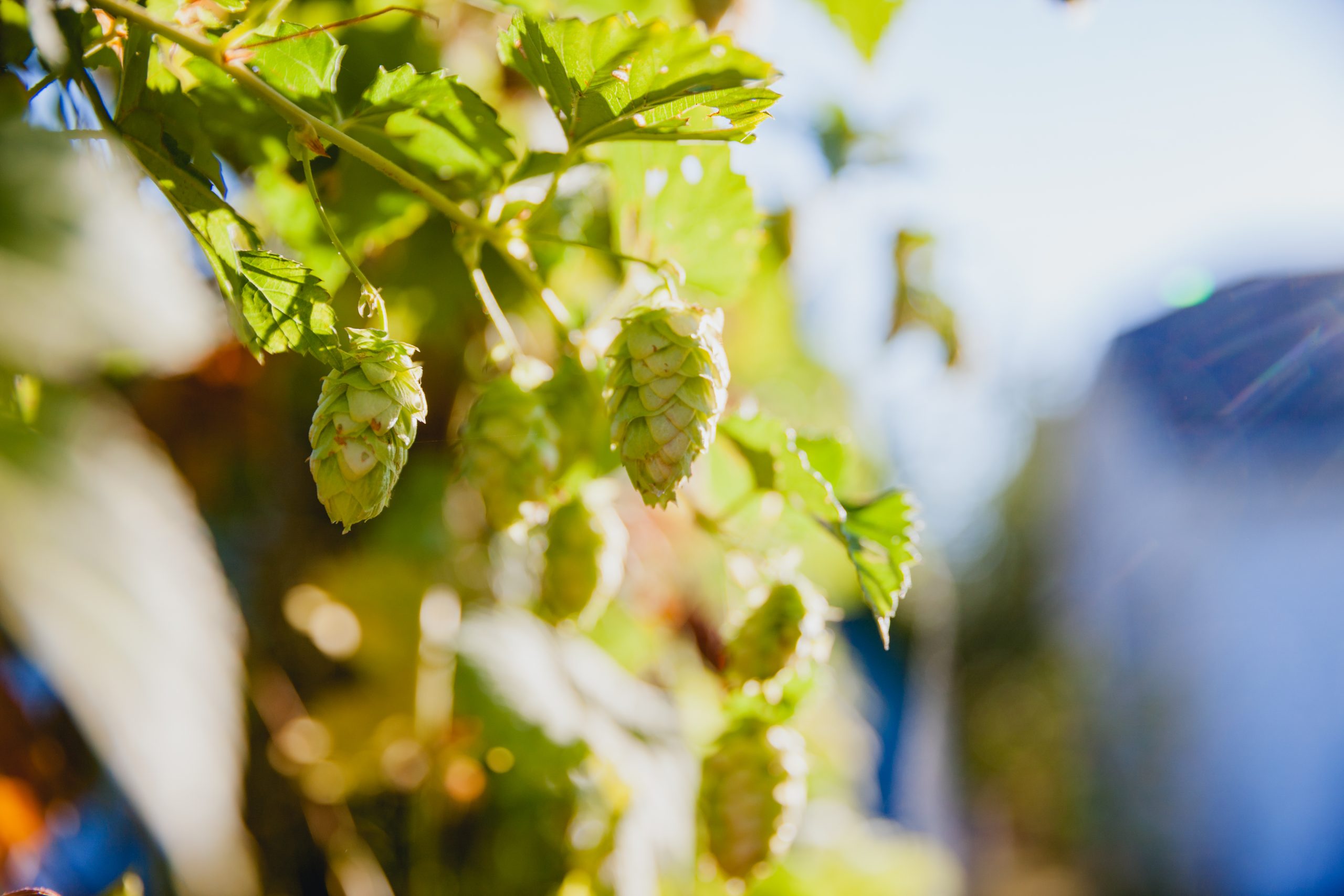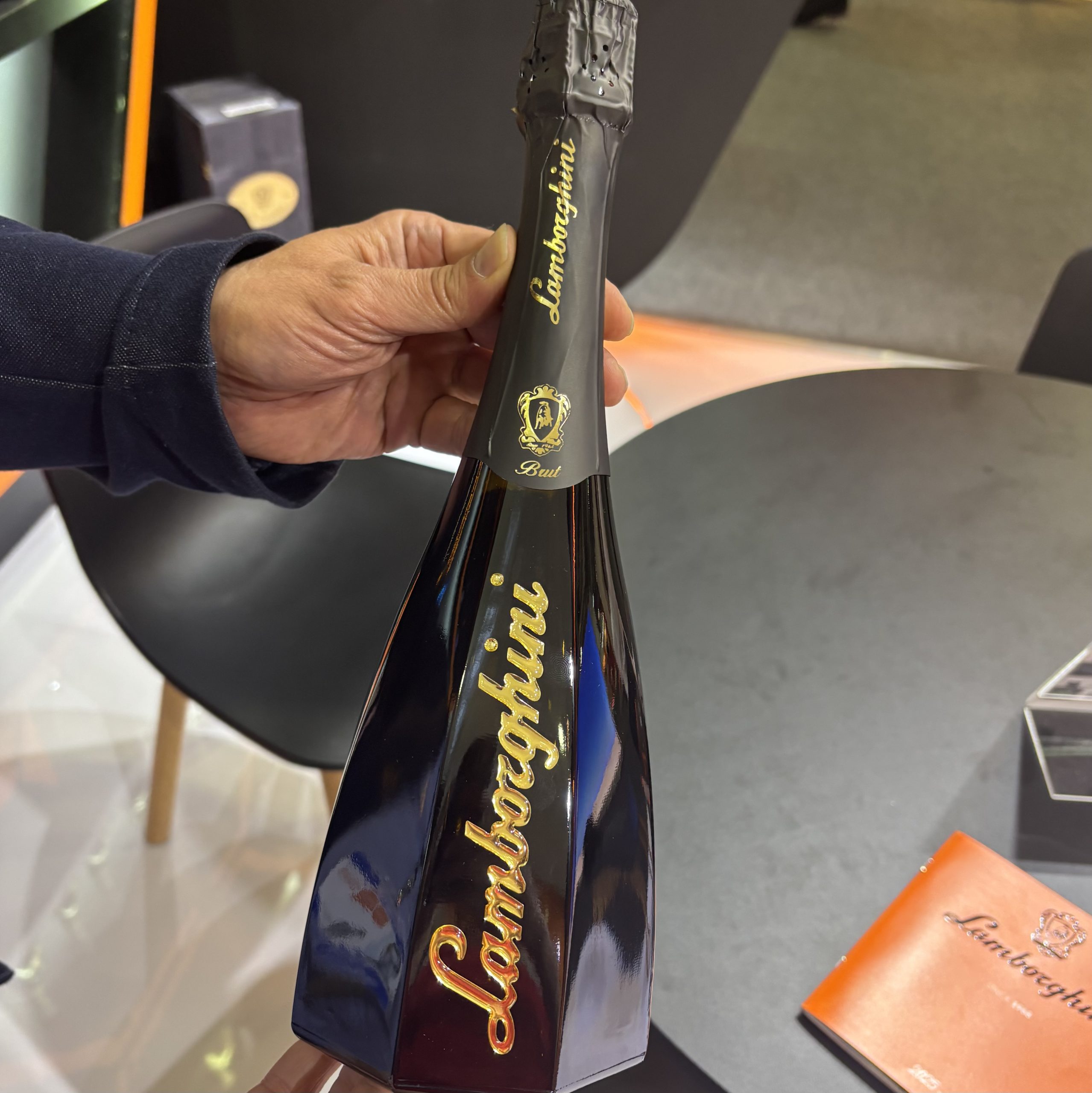Tsingtao, one of China's biggest brewers, is the latest booze maker to expand into Chinese rice wine with the acquisition of local producer Jimo Yellow Wine for CNY665 million (£69m).
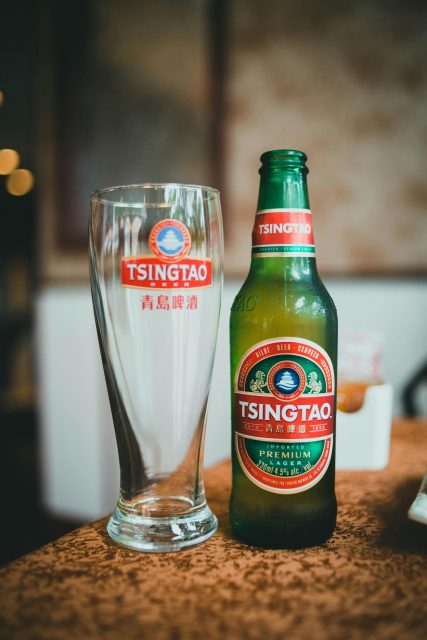
Chinese yellow wine, a traditional drink with a history
dating back more than 3,000 years in the country, could make a mainstream comeback as big brewers and wine brands shift into the category.
Beer giant Tsingtao, based in Qingdao, announced this month that it will purchase 45.45% equity from international trade company Hiking Group and 54.55% from its subsidiary Lujin Group, according to a stock exchange filing.
The news follows an announcement in December that Dynasty Fine Wines Group, backed by Rémy Cointreau, planned to set up a joint venture with Jiu Zhongxian to produce yellow wine in China's Jiangsu Province.
Dynasty Fine Wines intended to "diversify the sources of revenue" of its business, according to a filing on the Hong Kong Stock Exchange at the time, "enhancing the scale of its business and Dynasty’s brand influence”.
Similarly, Tsingtao has now said that its expansion into Chinese yellow wine “actively expands the cross-industry portfolio of [our] non-beer business, promotes diversified development and brings new development opportunities for the company in the future”.
Tsingtao said the acquisition “will further enrich the company’s product line, expand market channels, and provide consumers with more diversified choices”.
It added: “From the peak and off-peak seasons of market sales, Jimo Laojiu and the company’s beer products can form a complementary effect of market sales, build a cross-category product combination with stronger market competitiveness, and open up new growth points while consolidating the market position of the company’s traditional products, and inject new momentum into the company’s development.”
Why now?
China's beer sector is currently in growth, expected to reach US$134.1 billion by 2025, with an annual growth rate of 5.6%, according to
Statista. Consumption volumes are also in the green, expected to increase to over 53 billion litres by 2025.
However, Chinese consumers are shifting towards more premium offerings and tapping into craft beers, imported brands and speciality brews. Non-alcoholic beers are also gaining traction, and Tsingtao, along with other major brand Yanjing, are responding to this demand by expanding their non-alcoholic offerings.
Tsingtao's move into Chinese yellow wine highlights the brewer's intention to tap into the diversifying preferences of consumers in China as a new wave of drinkers floods the market.
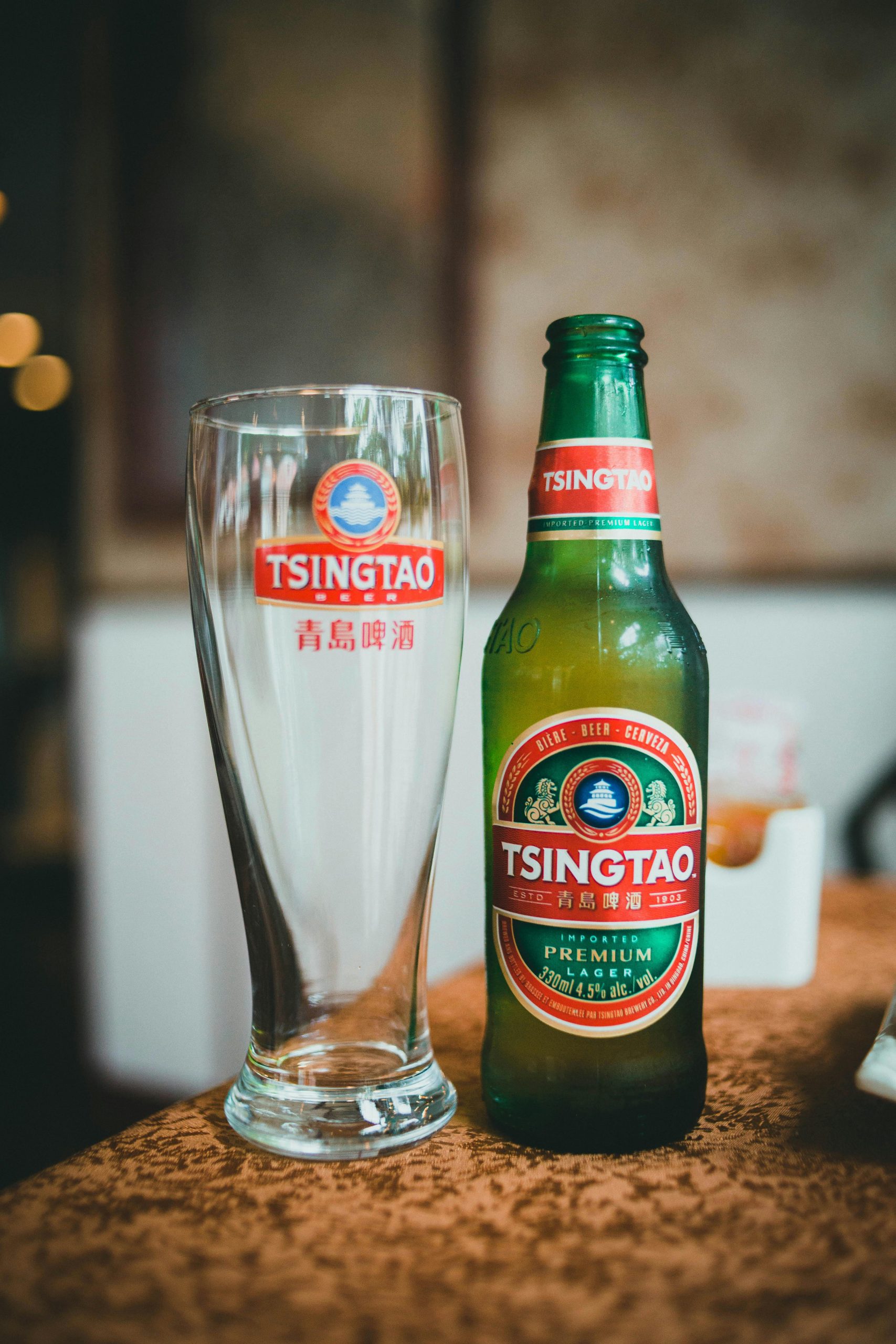
 Chinese yellow wine, a traditional drink with a history dating back more than 3,000 years in the country, could make a mainstream comeback as big brewers and wine brands shift into the category.
Beer giant Tsingtao, based in Qingdao, announced this month that it will purchase 45.45% equity from international trade company Hiking Group and 54.55% from its subsidiary Lujin Group, according to a stock exchange filing.
The news follows an announcement in December that Dynasty Fine Wines Group, backed by Rémy Cointreau, planned to set up a joint venture with Jiu Zhongxian to produce yellow wine in China's Jiangsu Province.
Dynasty Fine Wines intended to "diversify the sources of revenue" of its business, according to a filing on the Hong Kong Stock Exchange at the time, "enhancing the scale of its business and Dynasty’s brand influence”.
Similarly, Tsingtao has now said that its expansion into Chinese yellow wine “actively expands the cross-industry portfolio of [our] non-beer business, promotes diversified development and brings new development opportunities for the company in the future”.
Tsingtao said the acquisition “will further enrich the company’s product line, expand market channels, and provide consumers with more diversified choices”.
It added: “From the peak and off-peak seasons of market sales, Jimo Laojiu and the company’s beer products can form a complementary effect of market sales, build a cross-category product combination with stronger market competitiveness, and open up new growth points while consolidating the market position of the company’s traditional products, and inject new momentum into the company’s development.”
Chinese yellow wine, a traditional drink with a history dating back more than 3,000 years in the country, could make a mainstream comeback as big brewers and wine brands shift into the category.
Beer giant Tsingtao, based in Qingdao, announced this month that it will purchase 45.45% equity from international trade company Hiking Group and 54.55% from its subsidiary Lujin Group, according to a stock exchange filing.
The news follows an announcement in December that Dynasty Fine Wines Group, backed by Rémy Cointreau, planned to set up a joint venture with Jiu Zhongxian to produce yellow wine in China's Jiangsu Province.
Dynasty Fine Wines intended to "diversify the sources of revenue" of its business, according to a filing on the Hong Kong Stock Exchange at the time, "enhancing the scale of its business and Dynasty’s brand influence”.
Similarly, Tsingtao has now said that its expansion into Chinese yellow wine “actively expands the cross-industry portfolio of [our] non-beer business, promotes diversified development and brings new development opportunities for the company in the future”.
Tsingtao said the acquisition “will further enrich the company’s product line, expand market channels, and provide consumers with more diversified choices”.
It added: “From the peak and off-peak seasons of market sales, Jimo Laojiu and the company’s beer products can form a complementary effect of market sales, build a cross-category product combination with stronger market competitiveness, and open up new growth points while consolidating the market position of the company’s traditional products, and inject new momentum into the company’s development.”


































































